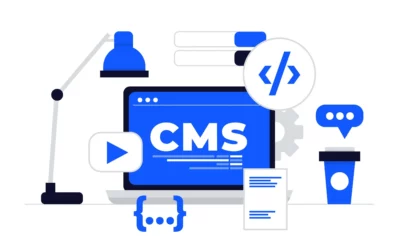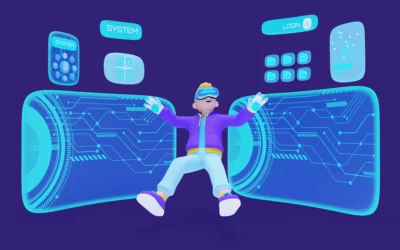Introduction
Switching from manual to automated testing can significantly improve efficiency, accuracy, and speed in the software testing process. Here’s a 9-step success formula for small QA teams to make a successful transition:
Assessment and Planning:
- Evaluate the current testing process and identify areas suitable for automation.
- Set clear goals and expectations for the transition to automated testing.
- Develop a roadmap outlining the transition phases and milestones.
Skill Assessment and Training:
- Assess the skills of your team members and identify gaps in automation knowledge.
- Provide training sessions to enhance automation skills, using tools like Selenium, Appium, or other relevant technologies.
- Encourage the team to collaborate and share knowledge.
Tool Selection:
- Research and select appropriate automation tools based on the project requirements, technology stack, and team skills.
- Consider factors such as ease of use, community support, and integration capabilities.
- Pilot the selected tools on a small scale to ensure they meet your team’s needs.
Create a Test Automation Framework:
- Develop a robust and scalable automation framework that supports different types of tests (unit, integration, and end-to-end).
- Include features such as reporting, logging, and error handling to facilitate maintenance and troubleshooting.
- Ensure the framework is flexible enough to accommodate changes in the application.
Start Small and Scale Gradually:
- Begin automation with a small, well-defined test suite to gain confidence and experience.
- Gradually expand automation coverage as the team becomes more comfortable with the tools and framework.
- Prioritize high-impact and frequently executed test cases for automation.
Continuous Integration and Continuous Deployment (CI/CD):
- Implement CI/CD practices to automate the testing process as part of the development pipeline.
- Integrate automated tests into the build and deployment process to catch issues early.
- Ensure quick feedback to developers by running automated tests on each code commit.
Collaboration and Communication:
- Foster collaboration between developers, testers, and other stakeholders to ensure everyone is aligned with automation goals.
- Communicate the benefits of automation to the team and address any concerns or resistance.
- Maintain open channels for feedback and continuous improvement.
Maintain and Evolve:
- Regularly review and update automated test scripts to keep them in sync with application changes.
- Monitor test results and investigate failures promptly to maintain the reliability of the automated test suite.
- Continuously evolve the automation strategy based on feedback, changes in the application, and emerging technologies.
Measure and Report:
- Define key performance indicators (KPIs) to measure the success of the automation initiative.
- Regularly analyze and report on metrics such as test execution time, defect detection rate, and overall test coverage.
- Use metrics to identify areas for improvement and demonstrate the value of automation to stakeholders.
Conclusion:
By following these steps, small QA teams can successfully transition from manual to automated testing while ensuring a smooth and effective process.





